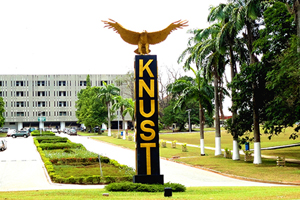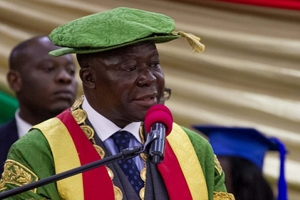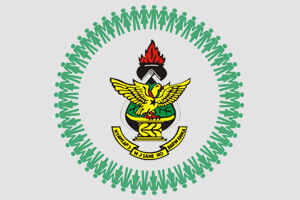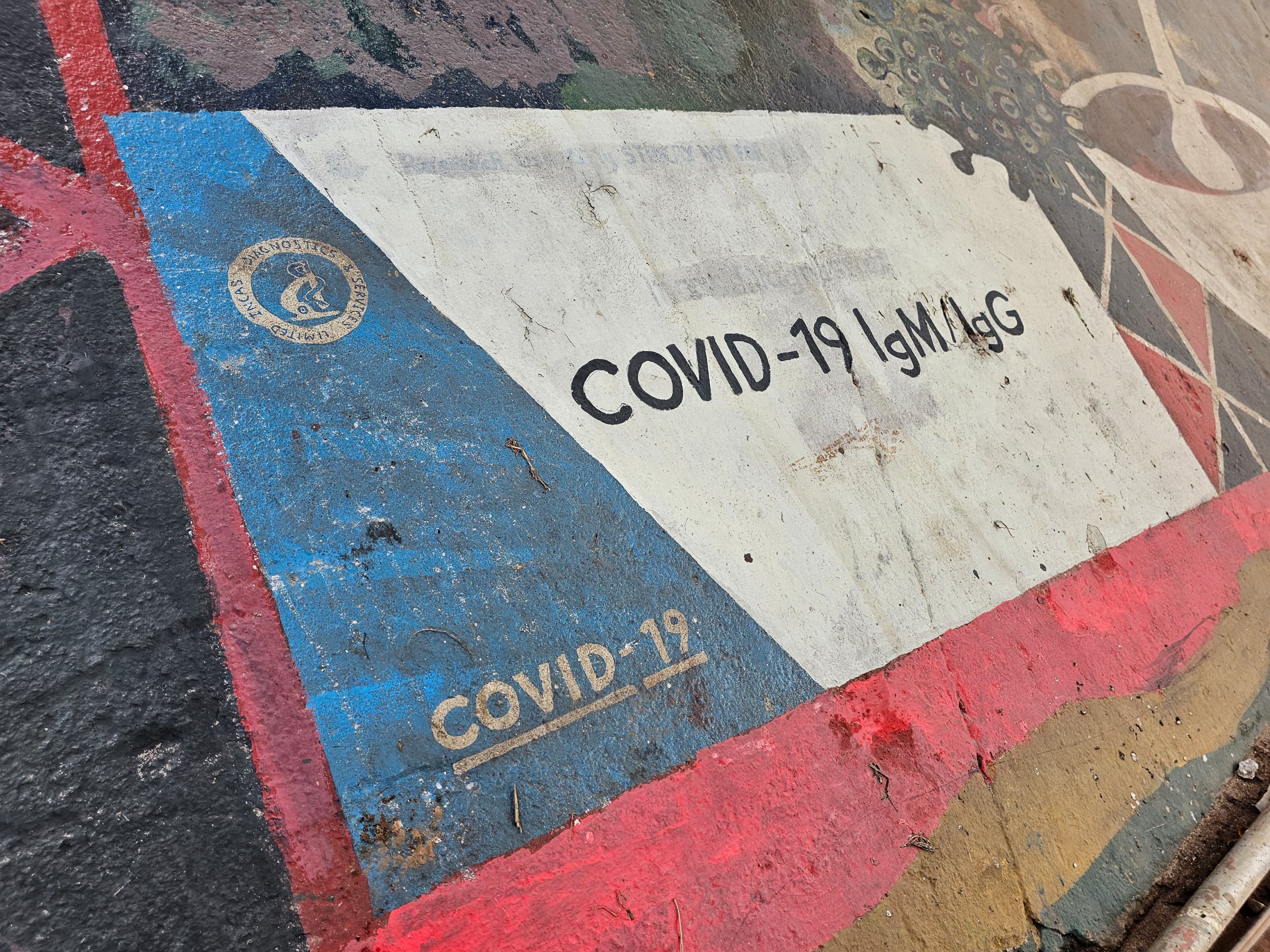At the height of the pandemic, when Ghana needed COVID-19 testing supplies, KNUST researchers made history.
Working with Incas Diagnostics, KNUST researchers developed a rapid COVID-19 test kit, a Ghanaian solution to a global crisis. This achievement was so significant that the university commemorated it with a bold mural, created by KNUST artist, Dr. Bernard Akoi-Jackson, under the Kumasi-Accra highway near the main campus entrance.

The striking artwork features the distinct image of the COVID-19 virus, along with the declaration "COVID-19 IgM/IgG" and the KCCR logo, paying tribute to the Kumasi Centre for Collaborative Research's pivotal role in this scientific breakthrough.
It also prominently displays a white porcelain mortar and pestle, a powerful symbol of scientific endeavour and local ingenuity. This familiar laboratory tool subtly nods to KNUST's broader contributions to health, including its rigorous research into the potential of Nibima (Cryptolepis sanguinolenta), a revered traditional Ghanaian herbal medicine, in the fight against diseases like malaria and its investigation during the COVID-19 pandemic.

These letters, Immunoglobulin M (IgM) and Immunoglobulin G (IgG), represent two crucial types of antibodies produced by the body in response to an infection like COVID-19.
IgM antibodies are typically the first to appear, indicating a recent or active infection, while IgG antibodies develop later and can persist for months, signaling a past infection or established immunity.
By detecting both, the KNUST-developed rapid test kit provided faster, more affordable diagnostics that could indicate a person's infection stage when Ghana needed it most.
The mural's prominent location transforms it into more than just paint on concrete but a permanent monument to Ghanaian innovation.
Every day, as thousands of vehicles pass beneath and above it and students walk by, they're reminded that when challenged by the pandemic, KNUST pioneered solutions that served the nation.
While the urgency of COVID-19 testing has faded, the legacy of this achievement remains.
| Story by Emmanuel Kwasi Debrah (URO) | |

















